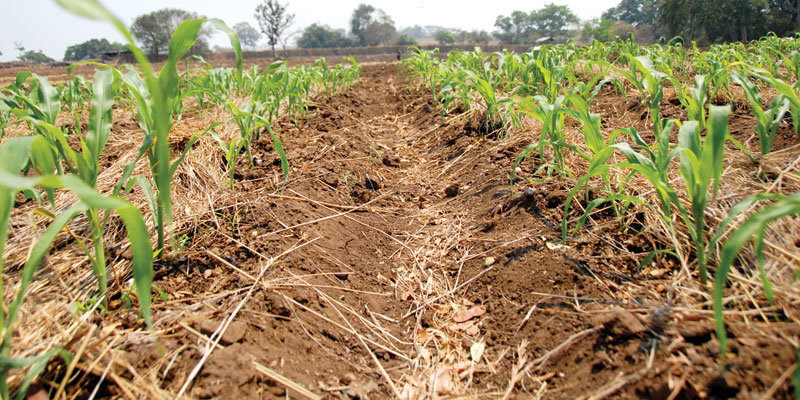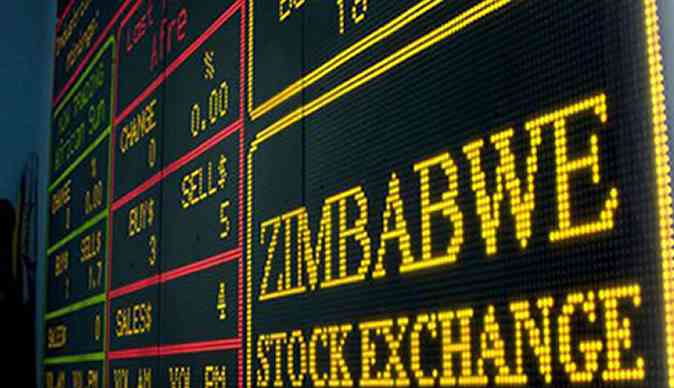
BY TATIRA ZWINOIRA
DESPITE an increase in public spending on agriculture, productivity has not improved in recent years, a recent joint World Bank and government report shows.
The World Bank and government collaborated to produce the Public Expenditure Review (PER) with a focus on agriculture, to explore challenges and come up with solutions to minimise expenditure in the sector.
However, in the report, the World Bank said despite the increase in spending towards agriculture, productivity remains poor.
“The report notes that despite the increase in spending, productivity has not improved in recent years, owing to a myriad of issues such as weakened tenure security that undermined access to credit, dilapidated infrastructure, and increased vulnerability to drought,” the World Bank said.
“Additionally, the external environment continues to deteriorate, and there is a reluctance by the private sector to finance agriculture, leaving no buffers to increase production and guarantee food security.”
According to the report, the agricultural sector recorded an increase in spending and investments to 5,7% of the country’s gross domestic product (GDP) in 2017, up from around 1,1% between 2011 and 2015.
The increase was caused by government’s Command Agriculture programme.
- Chamisa under fire over US$120K donation
- Mavhunga puts DeMbare into Chibuku quarterfinals
- Pension funds bet on Cabora Bassa oilfields
- Councils defy govt fire tender directive
Keep Reading
The programme was designed to reverse the decline in agricultural productivity, public spending accounted for two-thirds of GDP and nearly a quarter of the budget in 2017, one of the highest levels by global standards.
However, even with this spending the report found no increase in productivity showing that the government has merely been wasting money on the agricultural sector.
“Land reform in Zimbabwe can be classified into two main phases, the Land Reform and Resettlement Programme I (LRRP I) from 1980-1998 and LRRP II, commonly referred to as the Fast Track Land Reform Programme (FTLRP), since 2000. The government of Zimbabwe undertook its land redistribution programme to address the socio-economic injustices of the colonial era,” the report stated.
“The LRRP I was at first carried out under the principle of willing-buyer willing-seller. However, the requirement that land be acquired through the market, coupled with lack of funds and legal constraints, gave rise to the FTLRP, which fundamentally altered the production structure of agriculture, Zimbabwe’s most important economic sector.”
The reason the production structure was altered was that the FTLRP took away ownership of land leaving farmers unable to borrow from the banks as did the previous owners of the land.
Thus, farmers are unable to fully invest in alternative farming methods such as climate smart agriculture to combat raging droughts and dwindling economic activity.
“Spending choices make a difference. Increasing the volume of public spending in agriculture will be important, but not sufficient. Different categories of spending have different rates of return,” the report revealed.
“Evidence shows that high returns are from specific types of spending, such as investments in core public goods related to technology generation and diffusion, market links, and rural infrastructure. Particularly, agricultural R&D has high returns, averaging 43% in developing countries and 34% in sub-Saharan Africa.
l Follow Tatira on Twitter @tati_tatira











